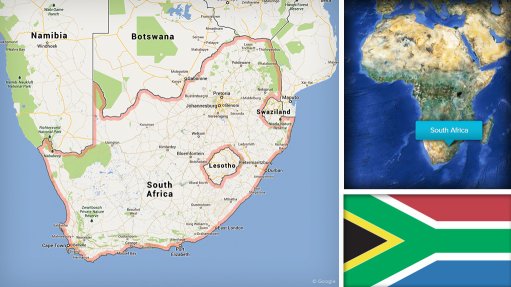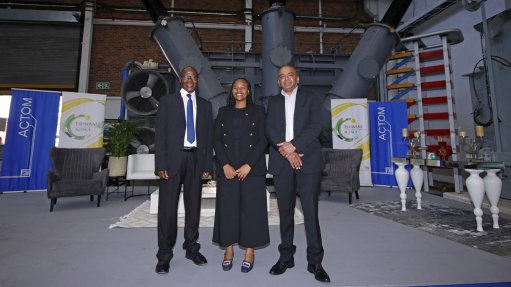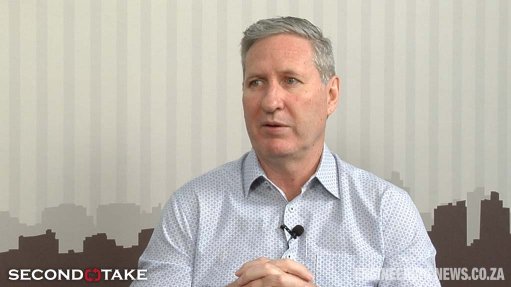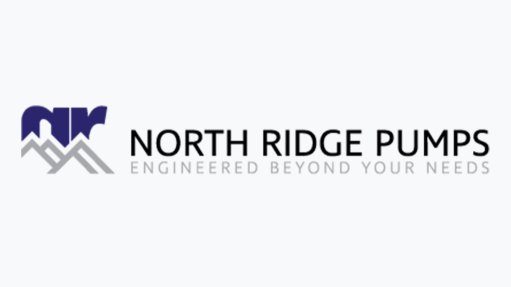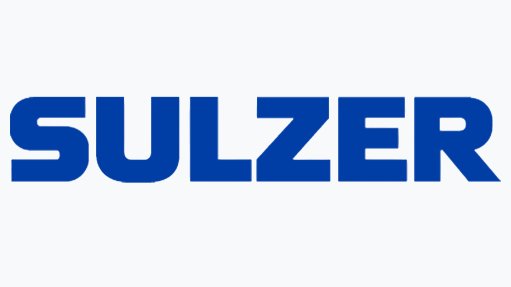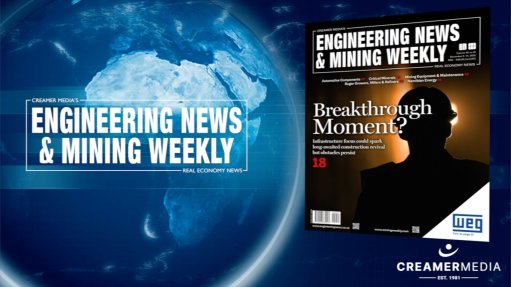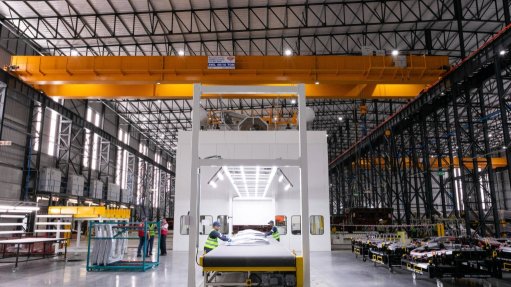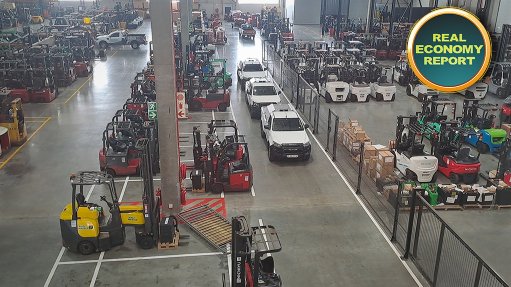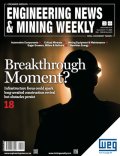Credibility in SA’s Power Market Hinges on Transparency, Not Just Unbundling
This article has been supplied.
By: Cornel Claassen, Manager - Project Delivery at the Energy Council
The Electricity Regulation Amendment (ERA) Act reshapes South Africa’s electricity sector by enabling competition, reshaping the regulatory environment, and laying the foundation for a wholesale market. The Act also commits to the establishment of an independent Transmission System Operator (TSO) within five years of promulgation, which is the “phase-in” period of the wholesale market. This commitment is also reflected in the Medium-Term Development Plan (2024–2029), which sets the establishment of a TSO outside Eskom as an end-term target.
Global electricity reforms show that South Africa, although starting late, is actually moving much faster than peer economies. This has obvious pros and cons, with one clear take-away being that we need a strong risk-management and phased approach. The fast pace of implementation means we must run activities in parallel, with the National Transmission Company of South Africa (NTCSA) serving as the interim TSO while still structurally linked to Eskom during market launch. This has created great concern in market commentators about the lack of independence and favouring Eskom market dominance.
How do we maintain the spirit of the law in the transition? The ERA Act has determined the transition period, but that transition period is not a pause button. A successful market requires independence, transparency, and non-discrimination from day one. Legal incorporation and licences are necessary but may not be sufficient on their own because investor confidence depends on demonstrated behaviour, not future commitments.
South Africa is progressing far better on our energy transition than media often portrays. When considering a 97% reduction of loadshedding in 2 years, new legislation, rapid de-regulation and a growing developer industry. As it stands, the sector will connect around 25GW of renewable energy by 2030. The SAWEM however must now propel the next tranche of investment which will be highly dependent on the confidence of the market design and management through this interim or transition period. Without visible safeguards, prospective market participants will treat the TSO as an extension of legacy interests. Perception becomes risk, and risk becomes price. In our case, independence is both an end-state, and an ongoing practice, demonstrated through behaviour that must begin now. Creating an independent TSO has complex dependencies and will most likely require the full transition period, so work must start now. NTCSA is licensed, but until the suspensive conditions of legal separation are fulfilled, the transmission network is still operated as a division of Eskom Holdings, which poses a looming risk to the integrity of the system.
The financial challenge is not only to ring-fence revenues and budgets with audited standalone accounts, but also to navigate Eskom’s existing debt agreements. Because Eskom’s borrowings were secured against the utility’s assets, moving the transmission network into a new entity directly affects lender agreements and will require renegotiation. The current arrangement is that Eskom Holdings retains external debt and guarantees, while the NTCSA is funded through intercompany loans and a 15-month liquidity support agreement. These arrangements comfort lenders but highlight the NTCSA’s continuing financial dependence on Eskom during the transition. The same Record for Decision (RfD) notes that shared services and corporate overheads from Eskom are embedded in the transmission revenue requirement. Moreover, there are practical unbundling hurdles: Eskom remains the 100% shareholder. Systems like grid control and monitoring, market and settlement platforms, cyber and data access controls must be logically separated over time.
This process will take time, and the market cannot simply wait. We need a set of transitional rules that are practical precursors to full unbundling that simulate independence and give investors, municipalities, and IPPs confidence from day one.
Independence in practice: progress and gaps
On paper, parts of the “independence in practice” toolkit already exist. The draft Market Code establishes a Market Surveillance Unit (MSU) under the Market Operator, mandated to monitor market conduct, including whether the Market Operator itself complies with the rules. It also hard-wires reporting flows: the System Operator must issue dispatch-instruction reports to participants and provide the National Energy Regulator of South Africa (NERSA) with five-minute dispatch data, cross-border flows, and monthly reports on generation, demand response, and curtailment, with costs made explicit. The Code further spells out settlement architecture (items billed/charged, banking arrangements, credit cover and re-runs) so the money side of trading is mechanically auditable.
But independence requires more than dispatch data and settlement runs, it needs economic separation and governance signals, and here the public record is thinner. NERSA’s MYPD6 decision conditions ring-fenced budgets, revenue recovery and quarterly reporting, which is a strong interim safeguard, but it doesn’t by itself show balance-sheet independence to create market confidence. The NTCSA Transmission System Licence Record for Decision (RfD) confirms that transmission assets are being transferred to the NTCSA. Yet, pending full legal separation, the NTCSA remains financially dependent on Eskom, underlining that balance-sheet independence is still missing during the transition.
Put simply: the rules and reports to watch behaviour are largely specified; the economic and governance signals of independence are the gaps to close in the interim. This is where ‘acting independently’ must be made visible, through what the NTCSA publishes, how NERSA tests it, and how costs and decisions are shown to be neutral.
We can’t afford to delay the SAWEM while waiting for full unbundling and an independent TSO. Interim rules are therefore not cosmetic; they are the bridge that turns legal form into market trust. They give investors something to underwrite against; they give participants a reason to sign up; they give the regulator a way to enforce compliance and promote good behaviour, laying the foundations for a wholesale electricity market that can truly drive reform and long-term sustainability.
One can’t buy trust, trust must be earned, and it can easily be broken. Transparency is the only currency we have in the transition. Eskom has in many areas refused to publish data and information needed to create market clarity and transparency. What matters is making visible the things that shape market confidence. The goal is not perfection but predictability and confidence. When the rules are transparent and applied fairly, risk premiums fall, and the market can function credibly before full unbundling is complete.
Article Enquiry
Email Article
Save Article
Feedback
To advertise email advertising@creamermedia.co.za or click here
Comments
Announcements
What's On
Subscribe to improve your user experience...
Option 1 (equivalent of R125 a month):
Receive a weekly copy of Creamer Media's Engineering News & Mining Weekly magazine
(print copy for those in South Africa and e-magazine for those outside of South Africa)
Receive daily email newsletters
Access to full search results
Access archive of magazine back copies
Access to Projects in Progress
Access to ONE Research Report of your choice in PDF format
Option 2 (equivalent of R375 a month):
All benefits from Option 1
PLUS
Access to Creamer Media's Research Channel Africa for ALL Research Reports, in PDF format, on various industrial and mining sectors
including Electricity; Water; Energy Transition; Hydrogen; Roads, Rail and Ports; Coal; Gold; Platinum; Battery Metals; etc.
Already a subscriber?
Forgotten your password?
Receive weekly copy of Creamer Media's Engineering News & Mining Weekly magazine (print copy for those in South Africa and e-magazine for those outside of South Africa)
➕
Recieve daily email newsletters
➕
Access to full search results
➕
Access archive of magazine back copies
➕
Access to Projects in Progress
➕
Access to ONE Research Report of your choice in PDF format
RESEARCH CHANNEL AFRICA
R4500 (equivalent of R375 a month)
SUBSCRIBEAll benefits from Option 1
➕
Access to Creamer Media's Research Channel Africa for ALL Research Reports on various industrial and mining sectors, in PDF format, including on:
Electricity
➕
Water
➕
Energy Transition
➕
Hydrogen
➕
Roads, Rail and Ports
➕
Coal
➕
Gold
➕
Platinum
➕
Battery Metals
➕
etc.
Receive all benefits from Option 1 or Option 2 delivered to numerous people at your company
➕
Multiple User names and Passwords for simultaneous log-ins
➕
Intranet integration access to all in your organisation






